The Ciata Paths tour offers a captivating exploration of samba’s roots in the vibrant neighborhood of Little Africa in Rio de Janeiro. Guided by the legacy of Tia Ciata, the Matriarch of Samba, this immersive journey delves into the cultural significance of key locations that shaped Brazil’s musical heritage. From the Rio Art Museum to the Church of São Francisco da Prainha, the tour celebrates the resilience and creativity of the African diaspora, illuminating how Tia Ciata’s pioneering efforts continue to reverberate through the Baiana de Acarajé Board. With an experienced local guide, visitors can uncover the rich tapestry of samba’s origins and its enduring impact on the city’s cultural landscape.
Good To Know
-
Tia Ciata’s founding of the Baiana de Acarajé Board preserved Afro-Brazilian culinary traditions and solidified her status as the Matriarch of Samba in Little Africa.
-
The tour highlights key locations in Little Africa, such as the Church of São Francisco da Prainha and Valongo Wharf, which shaped the neighborhood’s musical culture.
-
Marllon Azevedo, the tour guide, provides a 30-minute guided visit at Casa da Tia Ciata, a cultural hub that showcases Tia Ciata’s enduring influence on samba’s history.
-
The tour is accessible, with wheelchair and stroller-friendly access, and is highly rated for its informative and welcoming nature by participants.
-
Tia Ciata’s story is recognized as a significant representation of the resilience and creativity of the African diaspora in Brazil, inspiring calls for broader educational incorporation.
Tour’s Starting Point at MAR

The tour begins at the MAR – Rio Art Museum, a cultural landmark situated in the heart of Little Africa.
This starting point sets the stage for an immersive journey into the vibrant history of samba.
From the museum, the tour guides visitors through the key locations that have shaped the musical and cultural fabric of this neighborhood.
With the MAR as the launch pad, the tour embarks on a captivating exploration of the influential role of Tia Ciata, the Matriarch of Samba, and the enduring legacy of the Little Africa community in shaping Brazil’s rich musical heritage.
You can also read our reviews of more tours and experiences in Rio de Janeiro.
Significant Locations in Little Africa

Departing from the MAR – Rio Art Museum, the tour winds through the historic streets of Little Africa, uncovering the significant locations that have witnessed the evolution of samba.
The Church of São Francisco da Prainha, with its ornate baroque architecture, was a hub for religious and cultural practices. Nearby, the Largo São Francisco de Prainha provided a gathering space for the community.
Moving on, the tour explores the Salt Rock, the Valongo Wharf, and the Dockworkers Square – all places that hold deep significance in the story of samba.
The journey culminates at the Cultural Space Casa da Tia Ciata, honoring the legacy of the Matriarch of Samba.
Tia Ciata’s Legacy as Samba Matriarch
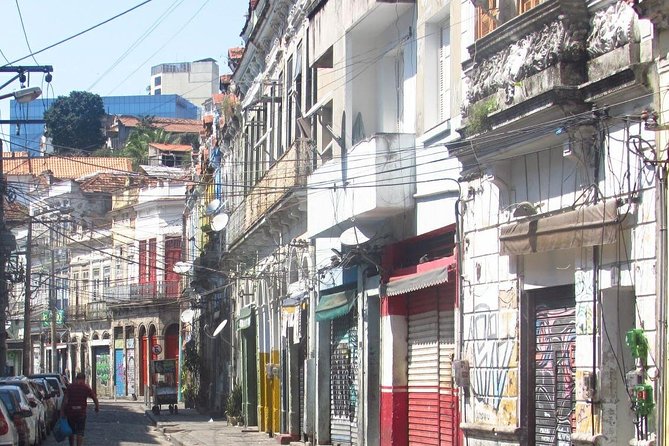
As the beating heart of Little Africa, Tia Ciata‘s legacy as the Matriarch of Samba is woven inextricably into the cultural fabric of Rio de Janeiro.
Honored for founding the Baiana de Acarajé Board, she’s recognized as a homeland heroine, her contributions to Brazilian culture vital.
Tia Ciata’s role in the historical context of samba is undeniable, her influence reaching far beyond her time.
The tour of Little Africa shines a spotlight on her lasting impact, allowing visitors to enjoy the rich heritage she helped shape.
Tia Ciata’s story stands as a testament to the resilience and creativity of the African diaspora in Brazil.
Baiana De Acarajé Board’s Founding
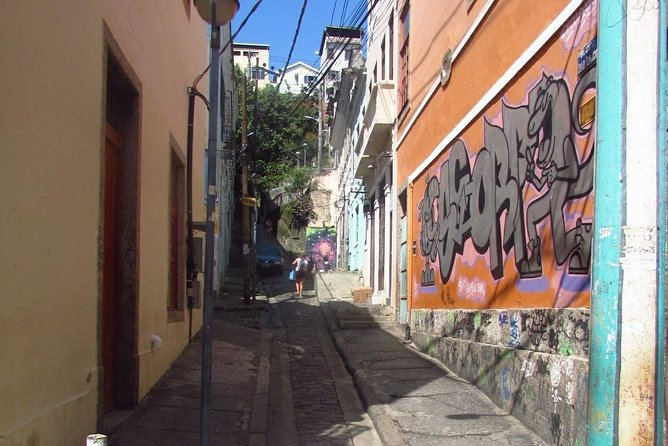
Tia Ciata’s founding of the Baiana de Acarajé Board stands as a testament to her tireless efforts in championing the cultural heritage of Little Africa.
The board served as a vital platform for preserving and celebrating the distinct culinary traditions of the region, particularly the iconic Bahian dish, acarajé.
By establishing this organization, Tia Ciata ensured that the gastronomic legacy of Little Africa would be passed down to future generations, solidifying her status as a revered matriarch of samba and a guardian of Brazilian cultural identity.
Her contributions continue to resonate, inspiring a deeper appreciation for the rich tapestry of samba’s origins in this vibrant community.
Tia Ciata’s Heroism and Significance
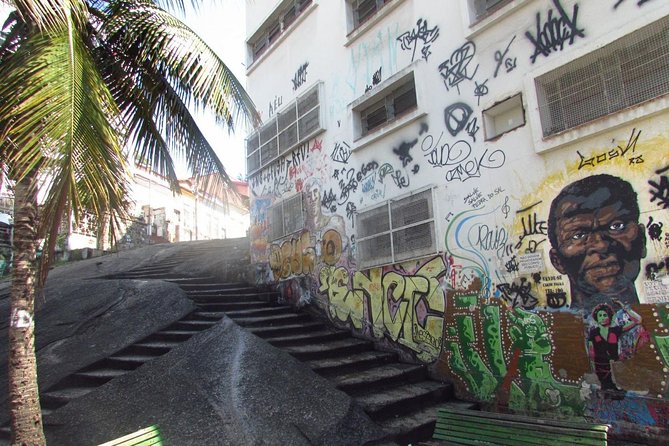
Tia Ciata’s legacy as a revered matriarch of samba and a champion of Brazilian cultural identity is firmly cemented in the annals of history. She was honored as a homeland heroine in "Heroes and Heroines of Rio de Janeiro" for her pioneering contributions to the samba tradition.
Tia Ciata’s founding of the Baiana de Acarajé Board played a pivotal role in preserving and promoting Afro-Brazilian culinary and musical practices. Plus, her home, the Cultural Space Casa da Tia Ciata, served as a hub for samba gatherings and the incubation of this quintessential Brazilian art form.
Tia Ciata’s enduring influence continues to shape the cultural landscape of Rio de Janeiro’s Little Africa neighborhood.
- Favela Tour Rocinha and Vila Canoas in Rio De Janeiro
- Rio Sunset Tour Including Sugarloaf, Christ the Redeemer, Cathedral and Selaron
- Carnaval Experience: Backstage Tour at Samba City With Cocktail
- 28 – Full Day Tour to Rio De Janeiro With Lunch
- 10-hour Private Tour Rio In One Day: Christ, Sugarloaf, Selarón, Downtown
- Samba Class and Samba Night Tour in Rio
Tour Guide Marllon Azevedo and Experience
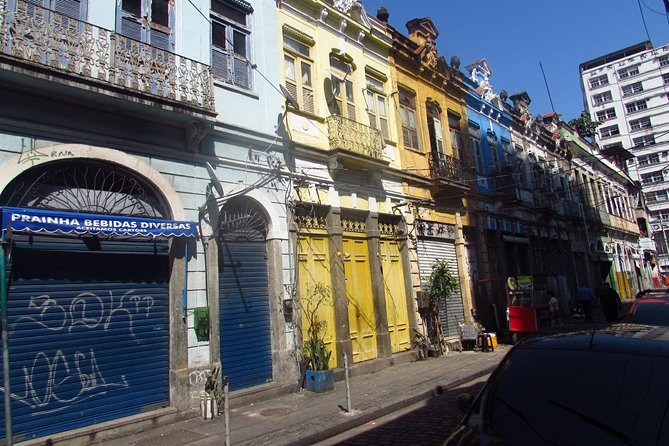
Marllon Azevedo, an accredited tour guide, leads the captivating journey through Little Africa’s vibrant history and Tia Ciata’s remarkable contributions to the samba tradition.
The tour includes a 30-minute guided visit at Casa da Tia Ciata, providing an immersive experience into the life and legacy of this revered matriarch.
Accessible by wheelchair and stroller, the tour is conveniently located near public transportation, making it easily accessible for visitors.
With an overall rating of 5 stars from previous participants, the tour is praised for its informative and welcoming nature, underscoring the cultural significance of Tia Ciata’s story.
Pricing and Booking Information
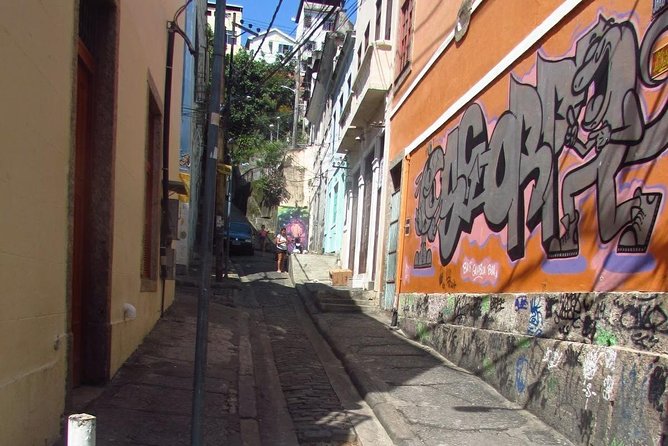
The tour price starts from $31.80, which makes it an accessible option for visitors.
Free cancellation is available up to 24 hours before the experience, providing flexibility.
Confirmation is received at the time of booking, ensuring a hassle-free process.
The tour’s pricing and booking information cater to a wide range of travelers, allowing them to easily secure their spot and plan their visit.
With these convenient options, visitors can look forward to an immersive exploration of Little Africa’s rich history and the legacy of Tia Ciata, the Matriarch of Samba.
Positive Reviews and Feedback
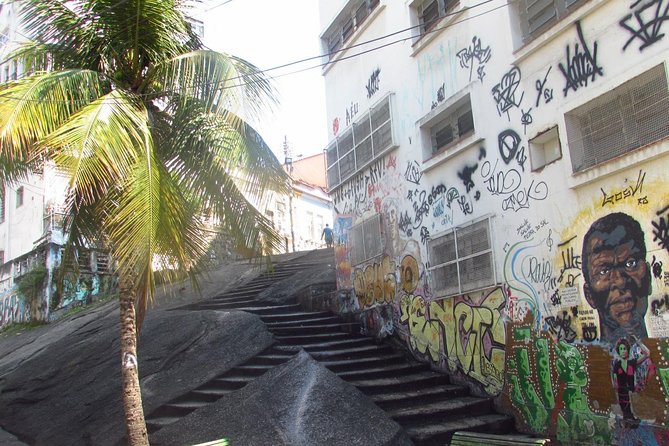
Visitors to the "History of Samba in Little Africa" tour have consistently provided overwhelmingly positive feedback, highlighting the cultural significance and educational value of the experience.
With a 5-star rating across both Viator and Tripadvisor, reviewers emphasize the tour’s informative and welcoming nature. They praise the guide’s ability to convey the importance of Tia Ciata’s contributions to Brazilian culture, particularly her pivotal role in the history of samba.
Tourists appreciate learning about this often overlooked heroine and the need to incorporate her story into broader educational contexts.
Frequently Asked Questions
What Is the Duration of the Little Africa Samba Tour?
The Little Africa Samba tour lasts approximately 3 hours, including a 30-minute guided visit at the Cultural Space Casa da Tia Ciata. The tour covers key historical locations in the neighborhood known as the birthplace of samba.
Are There Any Additional Activities or Experiences Included in the Tour?
The tour includes a 30-minute guided visit at the Cultural Space Casa da Tia Ciata, where visitors can learn more about Tia Ciata’s contributions to samba. The tour is also wheelchair and stroller accessible and near public transportation.
What Is the Appropriate Attire for the Tour?
The tour doesn’t have a strict dress code, but comfortable walking shoes and weather-appropriate clothing are recommended. It’s a walking tour, so dressing practically is advised to fully enjoy the experience.
Can the Tour Be Customized or Personalized for Individual Needs?
The tour can be customized to meet individual needs. Tour guides are accommodating and willing to adjust the experience upon request, such as modifying the pace or focus areas to suit the interests of each guest.
Are There Any Discounts or Special Offers Available for the Tour?
The tour does not currently offer any discounts or special offers. However, it’s possible to inquire with the tour provider about any promotional deals or group rates that may be available at the time of booking.
The Sum Up
The Ciata Paths tour offers a captivating exploration of samba’s origins in Little Africa, guided by the legacy of Tia Ciata, the revered Matriarch of Samba. This immersive experience illuminates the resilience and creativity of the African diaspora in shaping Brazil’s vibrant musical heritage, inviting visitors to discover the cultural significance of key locations and celebrate Tia Ciata’s pivotal contributions through the Baiana de Acarajé Board.
More Historical Tours in Rio de Janeiro
- 09 – Guided Walk Through the Historic Center of Rio De Janeiro
- Stone of Salt – the History of Samba (With Transfer and Welcome Drink)
- Rio De Janeiro Between History and Nature: the Charm of the Coffee Valley
- Historic Centre Private Tour With a Photographer
- Walking Historical Tour
- Petrópolis Historical Tour – Museum Ticket and Lunch!
More Tour Reviews in Rio de Janeiro
Not for you? Here's more nearby things to do in Rio de Janeiro we have reviewed
- Rio de Janeiro: Wake Up and Sail
- Boat Tours in Búzios
- From Rio de Janeiro: Arraial do Cabo Island Day Trip
- Petropolis the Imperial City With Beer Tour and Lunch
- 25 Best Tours in Rio De Janeiro
- 25 Best Guided Tours in Rio De Janeiro
- 3 Best Shore Excursions in Rio De Janeiro
- 9 Best Shopping Tours in Rio De Janeiro
- 18 Best Drinking Tours in Rio De Janeiro
- 24 Best National Park Tours in Rio De Janeiro
- Rio Sunrise Private Tour
- Christ the Redeemer and Sugar Loaf Cable Car – Tickets and Transport at the Hotel
